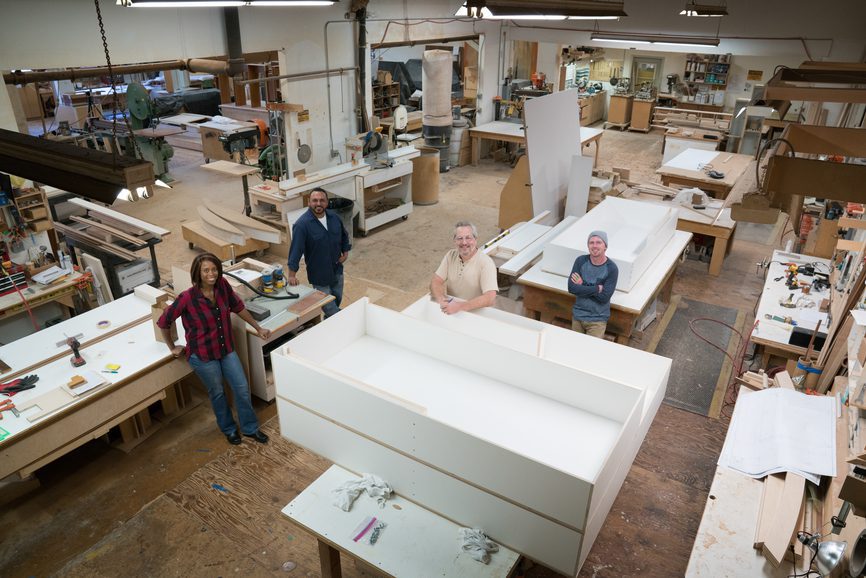
Teams tasked with executing manufacturing projects have a lot on their plates. To get things underway as soon as possible, it can be tempting to skip over the development of a work breakdown structure and go right to carrying out tasks. But any perceived time savings gained by avoiding this step will quickly come back to haunt PMs, often in the form of delays, critical activity conflicts, and tasks left uncompleted.
A work breakdown structure is a vital component in identifying the important details behind each activity in the project. The team can use that information to eliminate unknowns and to identify variables that could impact the project’s progress. It’s also a way to understand the organization of the task flow, with dependent tasks coming to light and giving PMs early notice of potential problem areas.
Because of their complexity and high visibility, manufacturing projects in particular benefit from the insight offered by a work breakdown structure. If you’re still trying to decide if it’s worth the time and effort to use this tool in your next project, consider the advantages it offers.
In many manufacturing projects, activity durations and dependencies can be highly flexible. This could potentially lead to problems with timing if the details behind each task aren’t compiled and shared across the team. By identifying these task connections through the use of a work breakdown structure, the team will know which parent tasks must be carefully monitored to avoid delays or other effects on dependent efforts. They will also have the necessary insight to know their options for resequencing linked activities to maintain the project’s target completion date without upsetting the overall flow of work.
In addition, supply chain challenges upstream and downstream can unexpectedly impact the project, making thorough and detailed planning critical to success. A work breakdown structure is helpful in gathering where the effects will be felt and how far the ripples are likely to extend throughout the project’s other activities. If the team doesn’t have enough detail about each task and what’s necessary to complete it, these surprise impacts have the potential to seriously derail the project.
Another industry challenge facing manufacturing projects is the need to accommodate testing and quality control activities. These are crucial components in the process, but the results could heavily influence downstream project tasks. By parsing each deliverable into its lower-level components, the work breakdown structure will give the team the details needed to develop contingency plans if task or timeline changes are required once the testing outcomes are known.
Project activity schedules typically evolve once work gets underway, but manufacturing projects have less wiggle room available to accommodate issues that could arise during the process. For example, relatively simple changes in a production process could trigger issues around raw material storage or approaches to shipping and packaging. The team will be better equipped to address these potential challenges if they utilize a work breakdown structure to determine where impacts are most likely to occur and where variables still exist.
With the variety and pace of tasks that comprise most manufacturing projects, any lack of accountability has the potential to cause problems, from delays to improper task execution. A work breakdown structure provides a way to identify who owns each activity, whether that’s a single individual in the Project Team or one of the project team’s functional sub-groups. There can also be multiple owners at different levels within one activity, but once ownership has been established and everyone is committed to their assigned activities, even the most complex manufacturing projects will be primed for a successful and timely completion.


